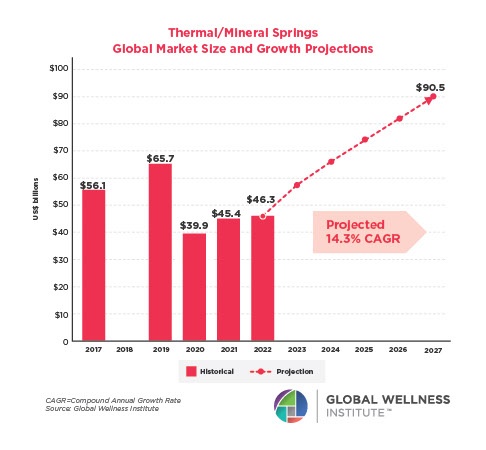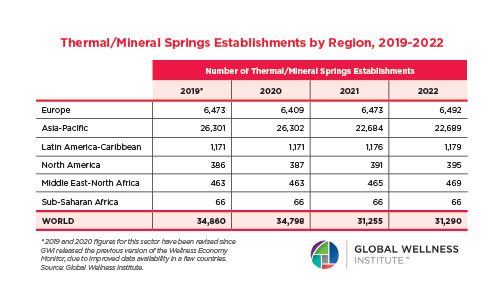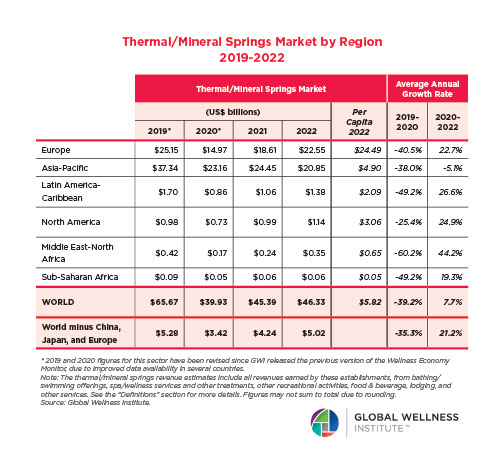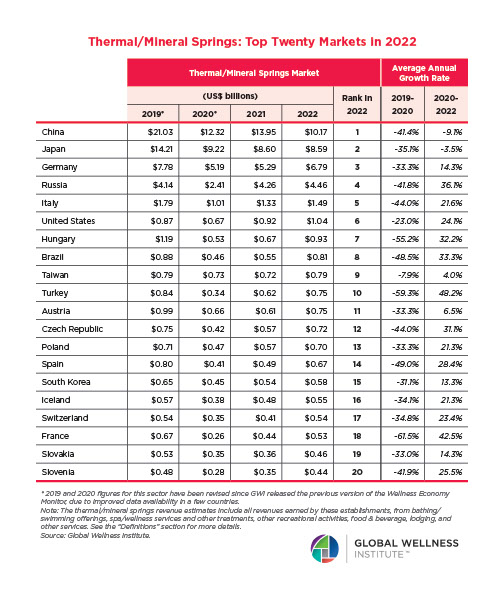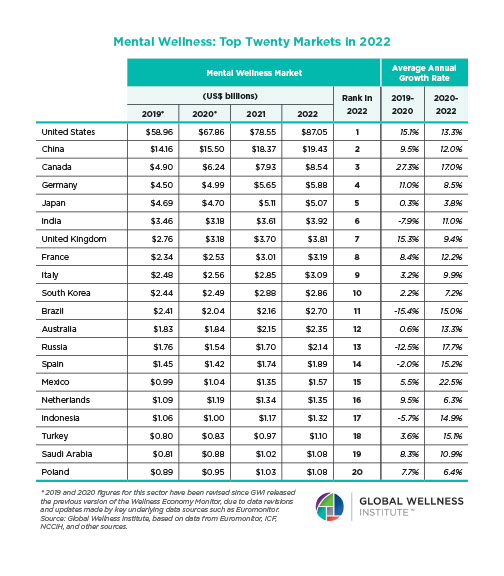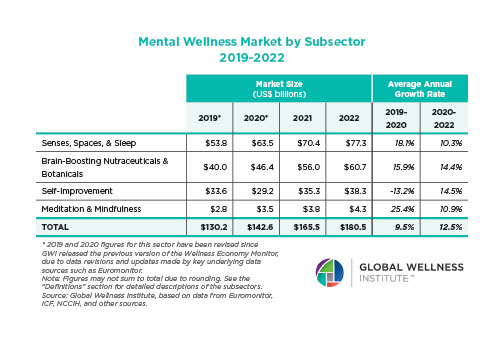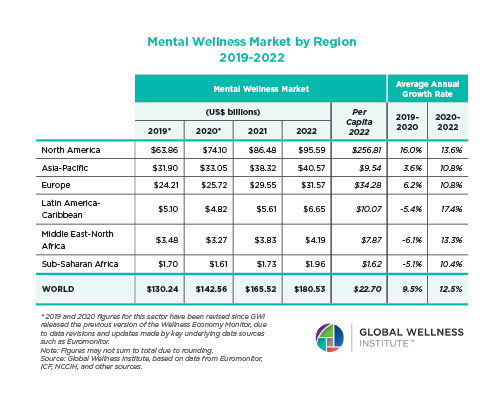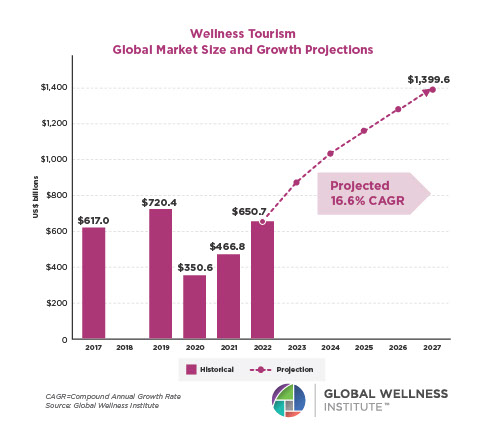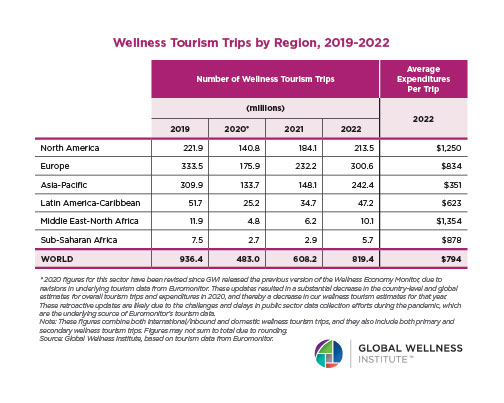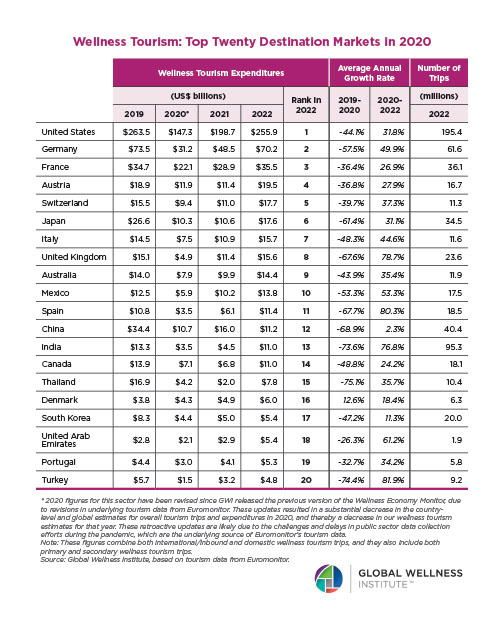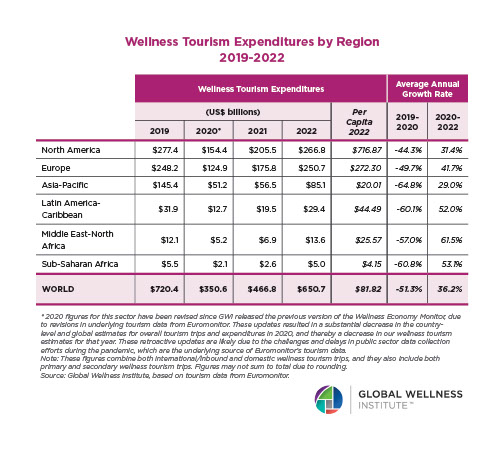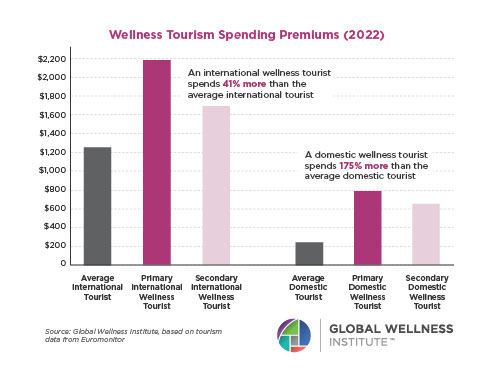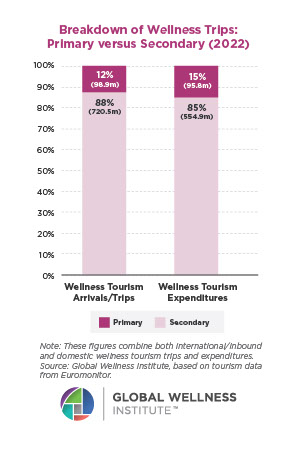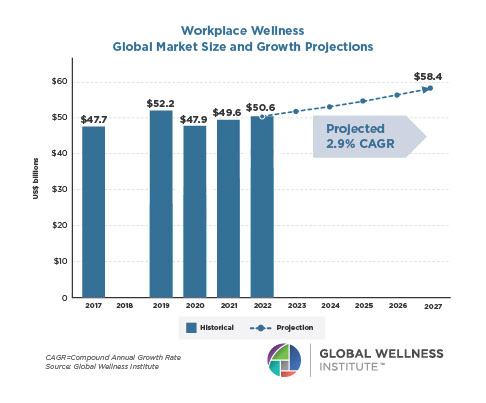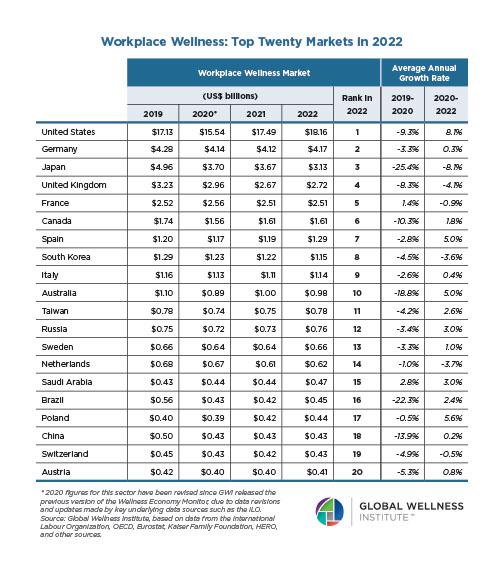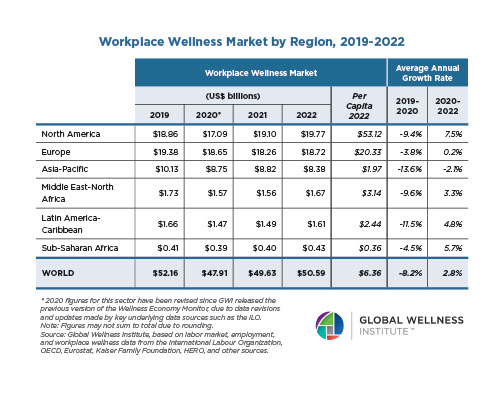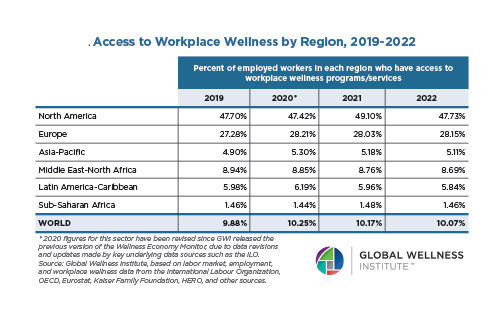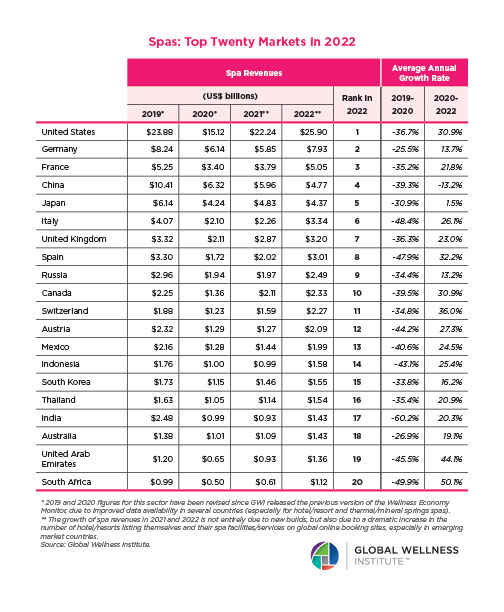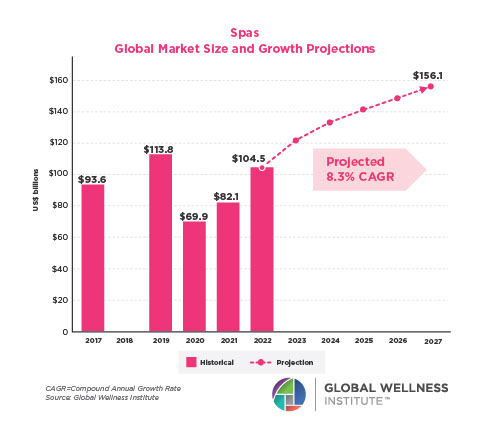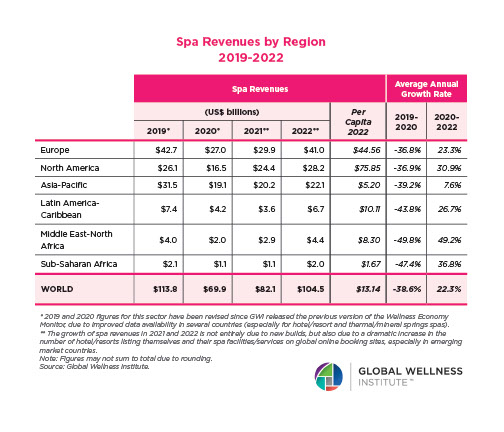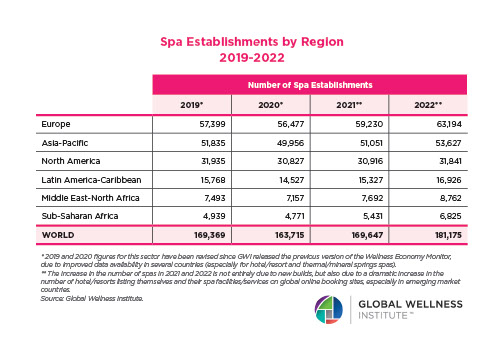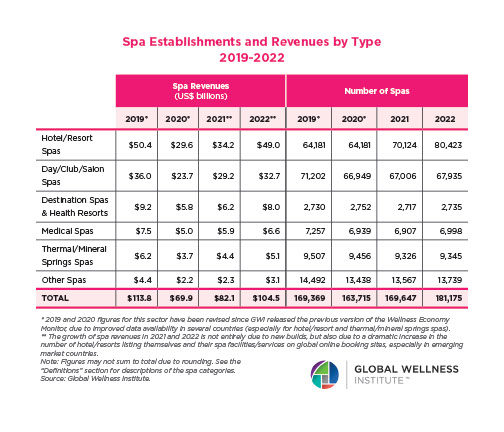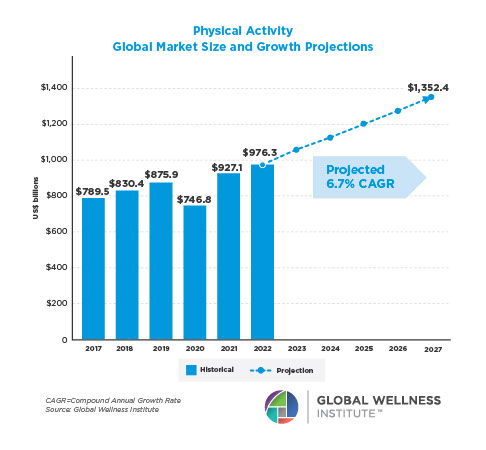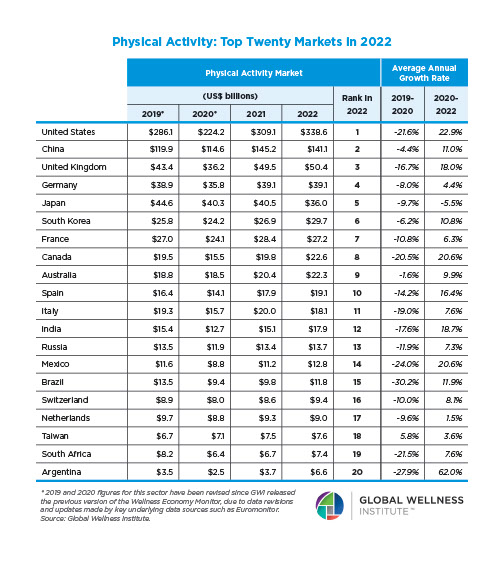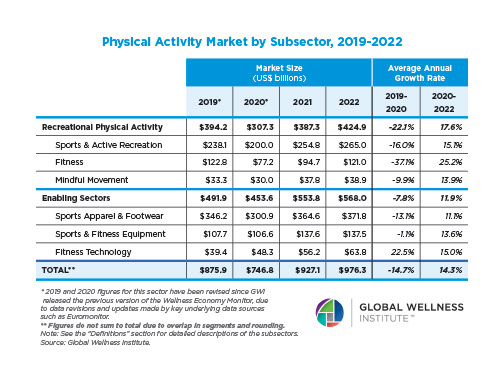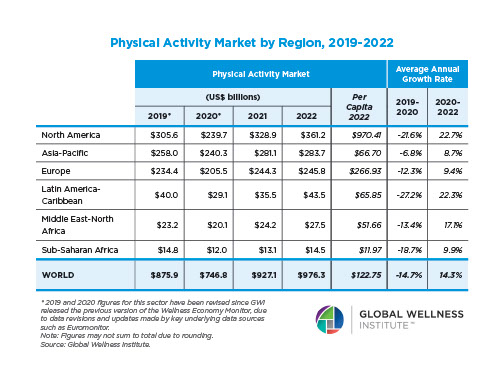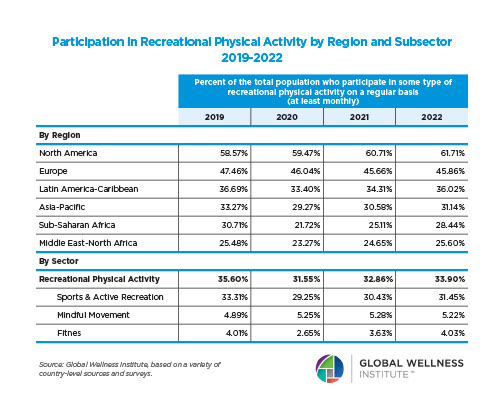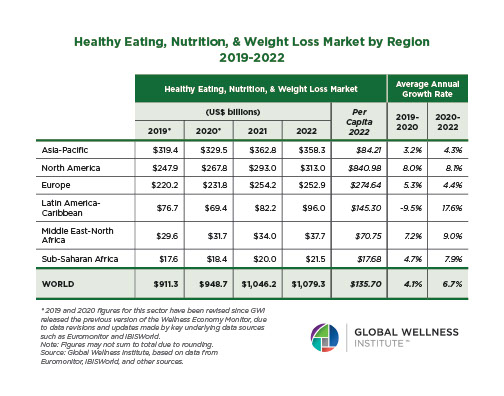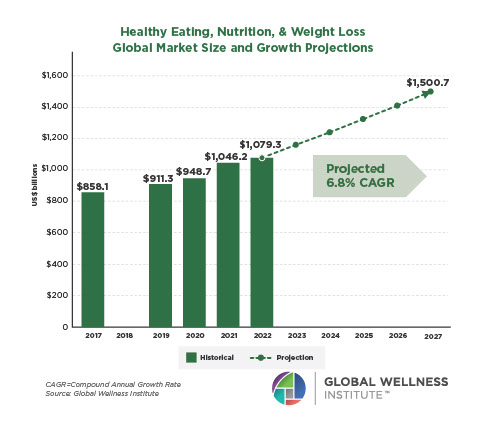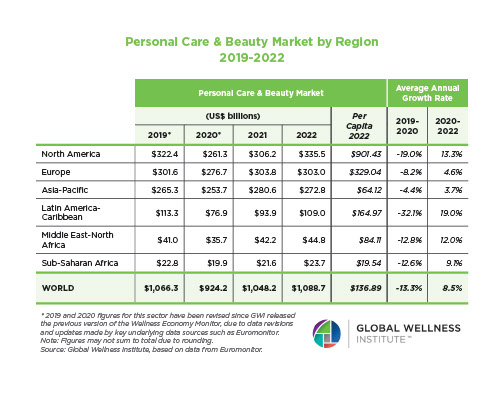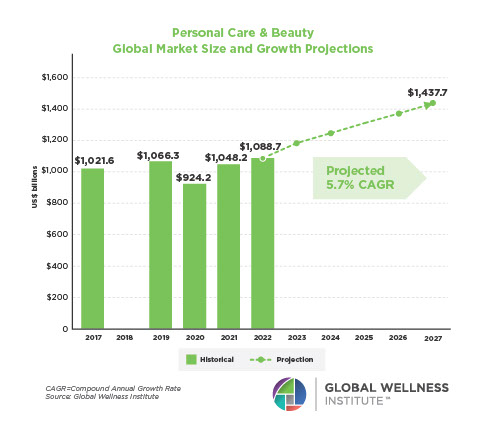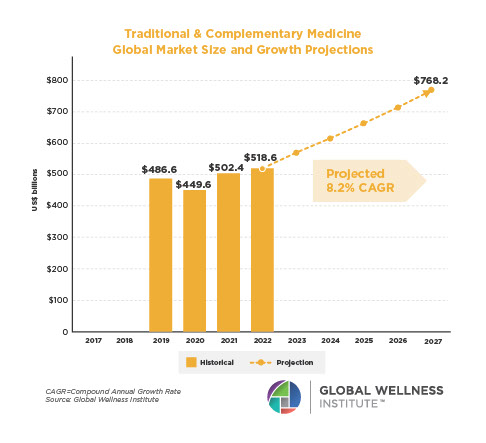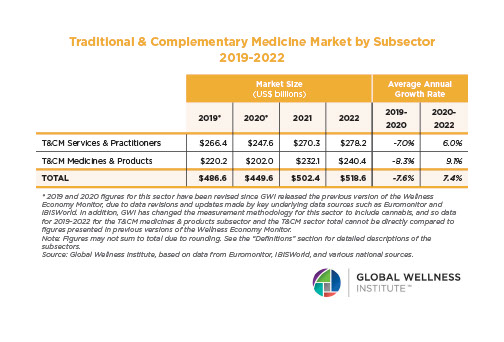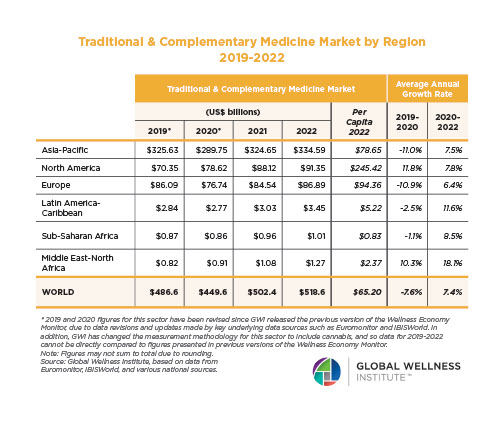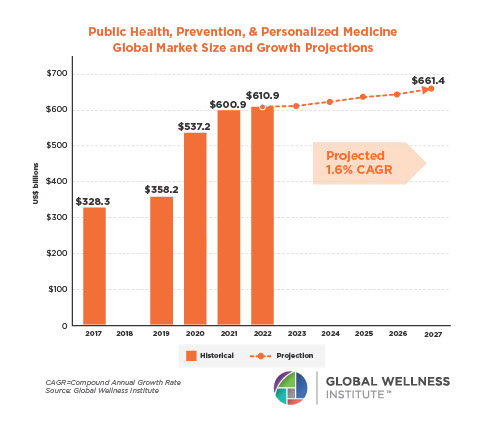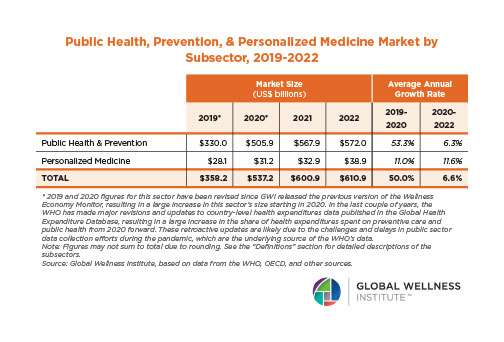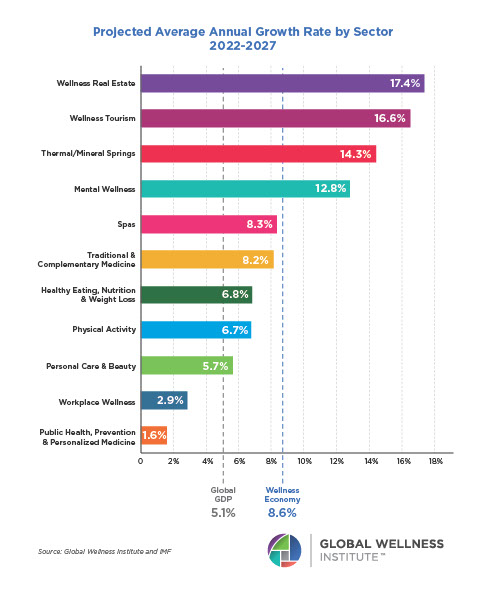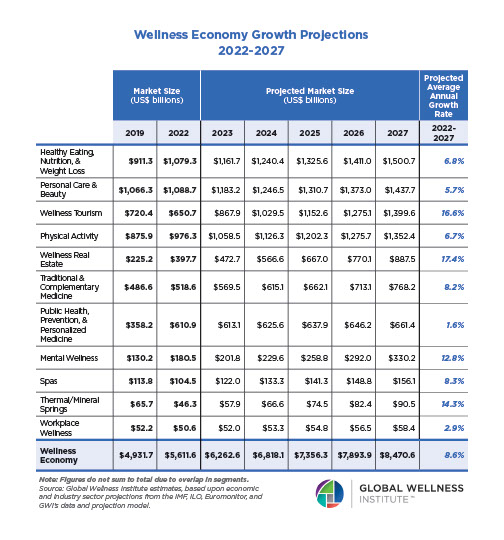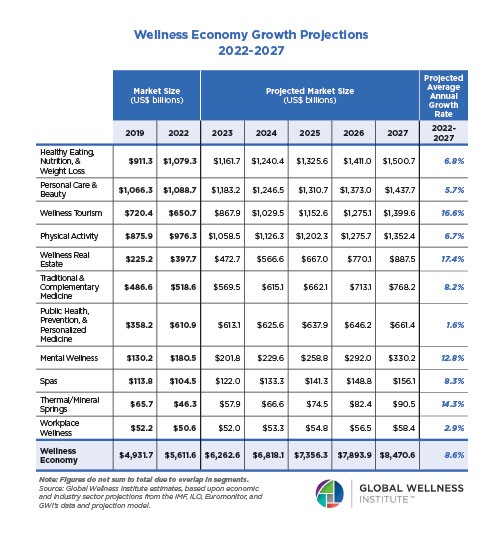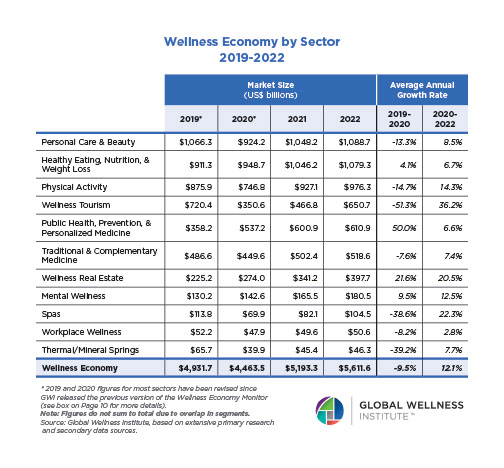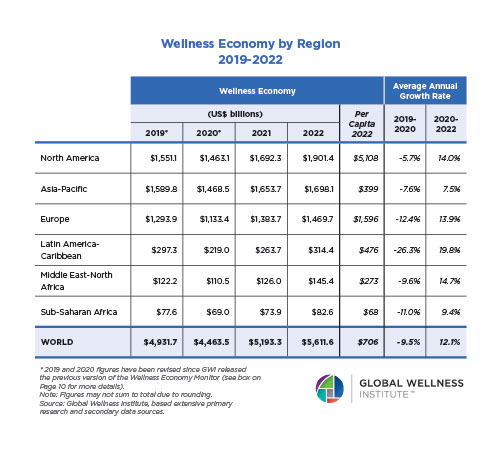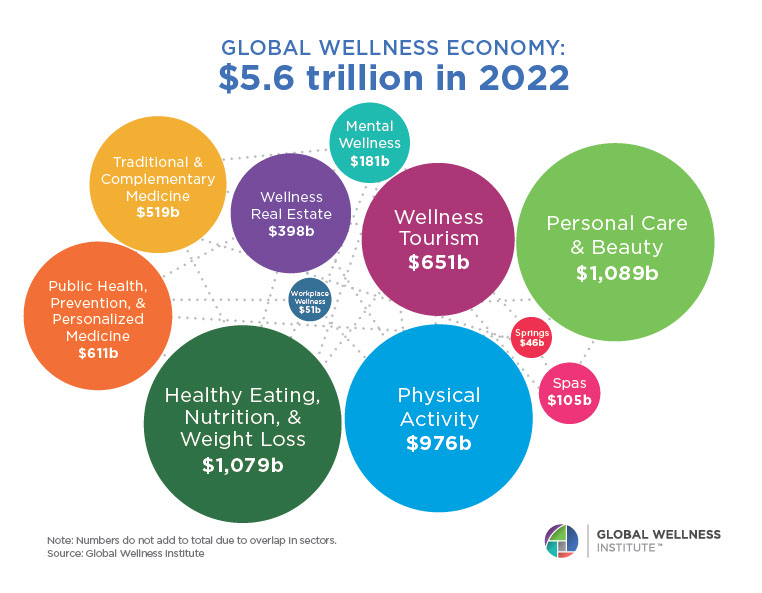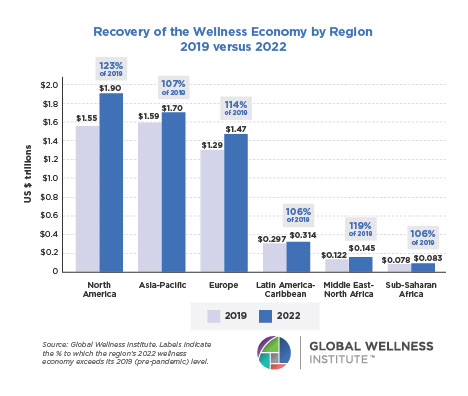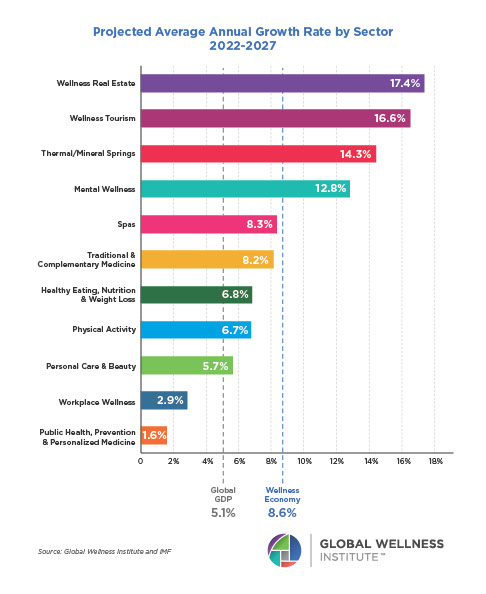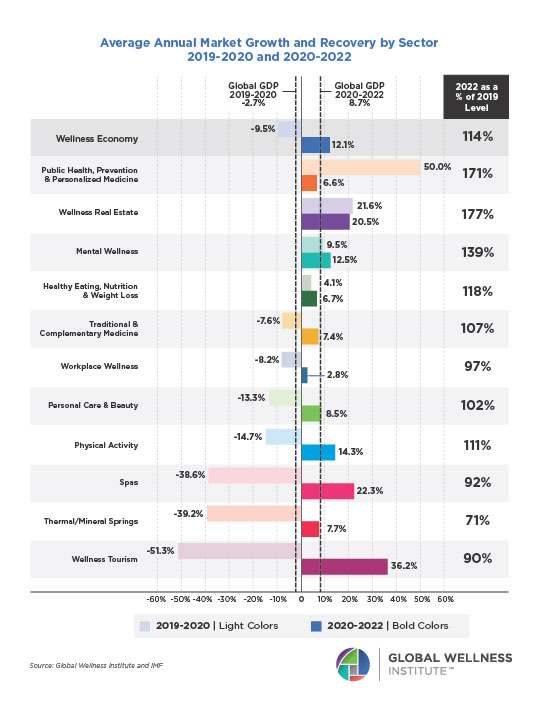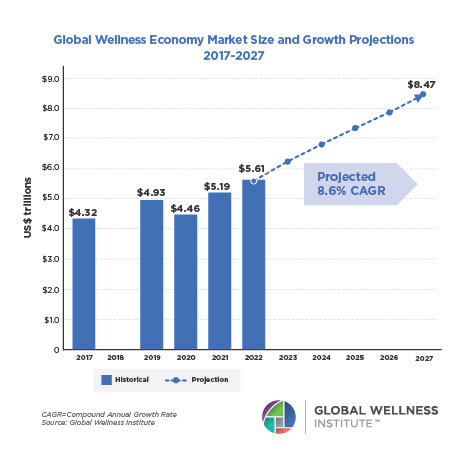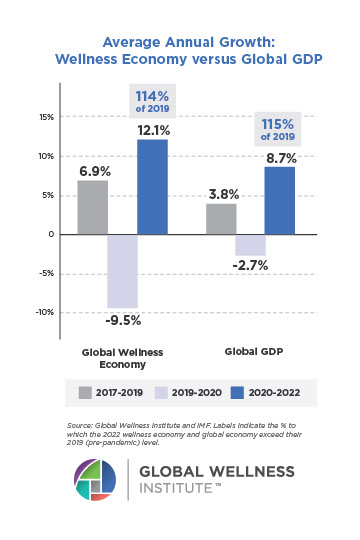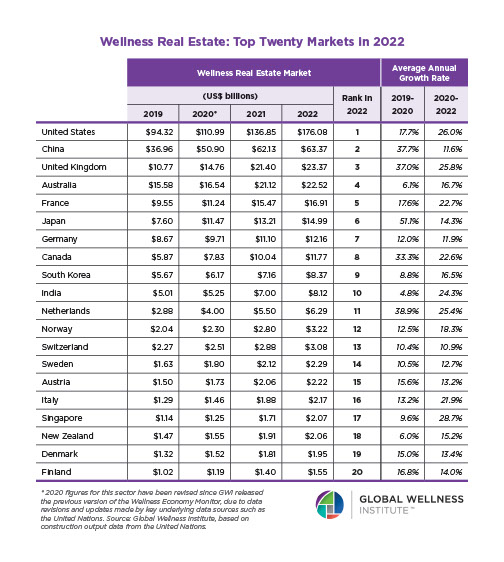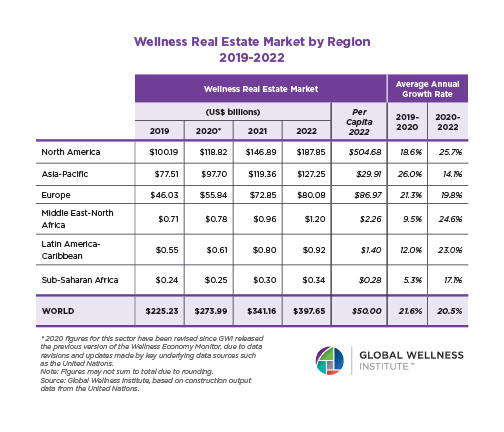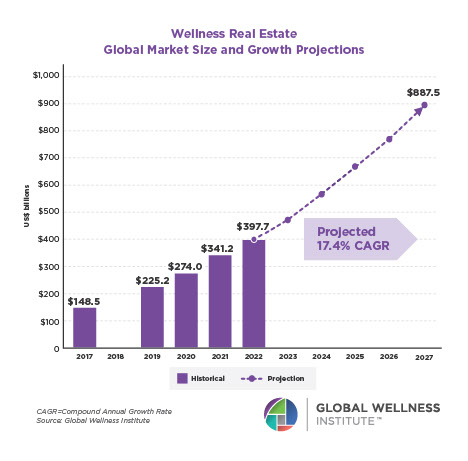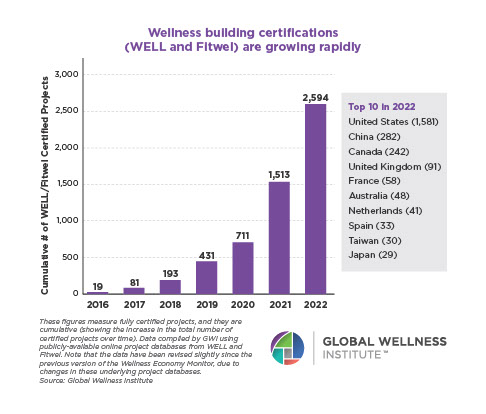
The Life of Plastic: How Microplastics Contaminate Entire Ecosystems, Including the Food We Eat––The Guardian
Microplastics have been found in the placentas of unborn babies, the summit of Everest and the organs of Antarctic penguins. But how do they travel through the world, and what do they do to the creatures that carry them? Since the 1950s, humans have produced in excess of 8.3 billion tons of plastic–equivalent to the weight of one billion elephants. Half of all plastic has been made since 2010, and plastic infuses packaging, textiles, agricultural materials and consumer goods. While individuals can reduce their consumption and exposure, experts argue that without holding big corporations responsible with meaningful penalties, not much will change.
A New Study Just Found Something Alarming About Kids Who Get Phones Early in Life––Futurism
A new study from Sapien Labs, tracking outcomes for over 100,000 18-to-24-year-olds, found that children provided with access to smartphones before the age of 13 are far more likely to suffer severe mental health problems down the line. Among current Gen-Zer’s, the first generation to grow up with smartphones, the younger that use of the gadgets began, the worse the mental health outcomes were: young phone owners experienced more suicidal ideation, aggression, reality detachment, and hallucinations as they aged. Girls reported lower self-image, self-worth, confidence, and emotional resilience, and boys were less calm, stable, and empathetic as compared to their counterparts who got their first smartphones when they were above the age of 13.
Pumping Iron Is Their Secret to Aging Well––The New York Times
The science on the effects of physical exercise (how it improves our physical, mental and cognitive wellbeing) is progressing at an astonishing pace, with dozens of peer-reviewed articles published every month. In the words of Euan Ashley, Stanford University’s renowned chair of medicine, physical exercise “may be the single most potent medical intervention ever known.” (The argument is developed in this podcast). This growing realization is why there is a sharp rise in fitness activities, particularly among elderly people. This article in The New York Times tells the story of a gym outside Detroit where older people well into their 80s and 90s pump iron to age well.
The World’s Sixth ‘Blue Zone’: Why Singapore Values Both Quantity and Quality of Life––BBC
When it comes to longevity, few places in the world have seen such a drastic jump in life expectancy as Singapore. A child born there in 1960 was only likely to live to 65. But today, 60 years after Singapore’s independence in 1965, life expectancy has surged past 86 and the number of centenarians in Singapore doubled between 2010-2020.This huge leap in longevity has largely been driven by a very intentional government policies and investment. This article interviews Singaporeans to understand which policies and practices make their lives healthier, and happier.
A Striking Stat:
Americans now spend more on healthcare than housing or food––with 90% of health spending going to treating chronic conditions.
Source: The New York Times analysis of Bureau of Economic Analysis data via Fitt Insider
